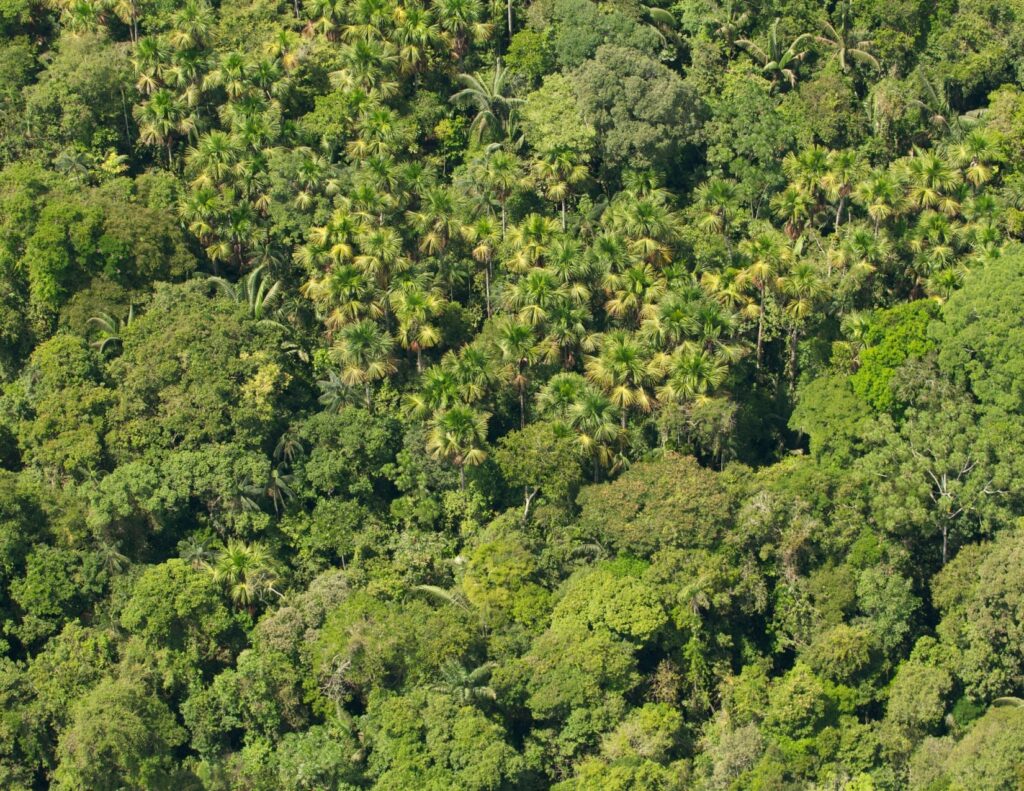
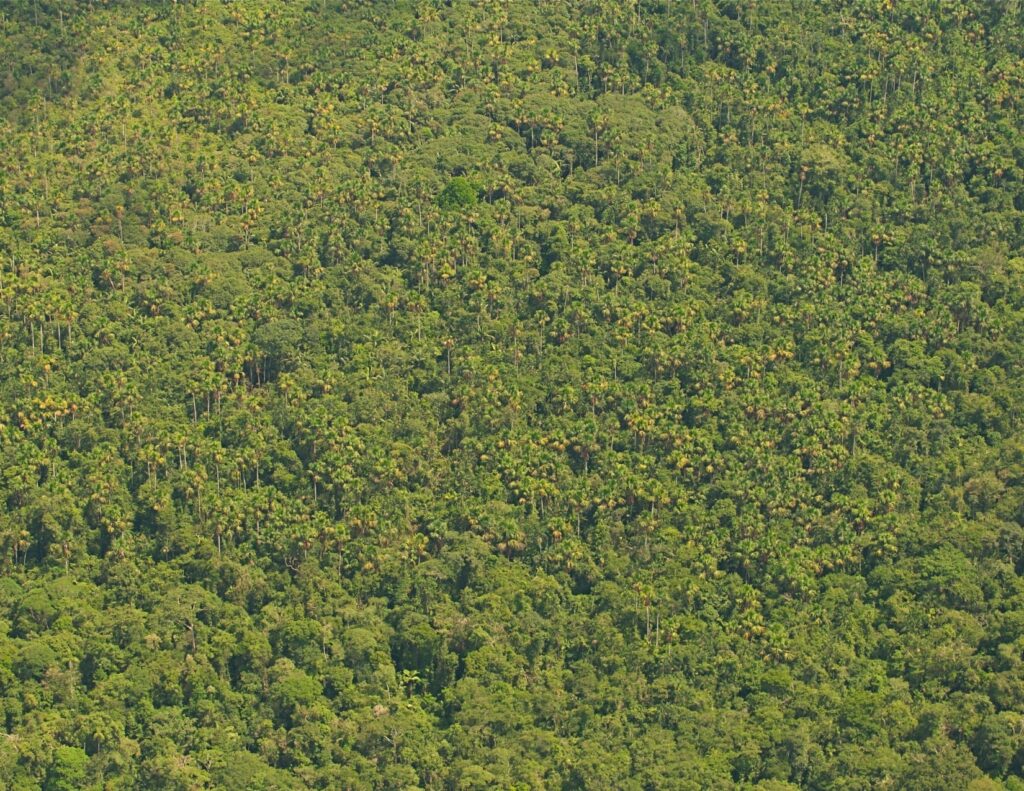
Colombia achieved an important milestone for the protection of Indigenous Peoples in Isolation (known as PIA based on the Spanish acronym) in October 2024. Thanks to the joint work between Indigenous authorities, the Colombian government, and civil society organizations including Andes Amazon Fund grantee Amazon Conservation Team, this new, first-of-its-kind, formalized territory in Colombia will safeguard the PIA in an extremely biodiverse part of the country.
As a part of this process, studies confirmed the presence of the Yuri-Passé isolated Indigenous group between the Caquetá and Putumayo Rivers in Colombia’s department of Amazonas. This recognition enabled the establishment of a formalized territory called “Territoriality of the Indigenous Peoples in Isolation between the Caquetá and Putumayo Rivers” spanning 2.7 million acres (1,092,849 hectares) of remote Amazonian forests, where the vast majority (2.3 million acres, 929,502 hectares) will provide strict protection for the Indigenous Peoples that inhabit it. Part of the territory overlaps with the Río Puré National Park, yet 642,746 acres (260,110 hectares) constitutes newly strengthened intangible protection recognized by the Colombian Government over existing Indigenous reserves and undesignated land guaranteeing no contact with this group of PIA and additional protection for the forests they depend on for their survival.

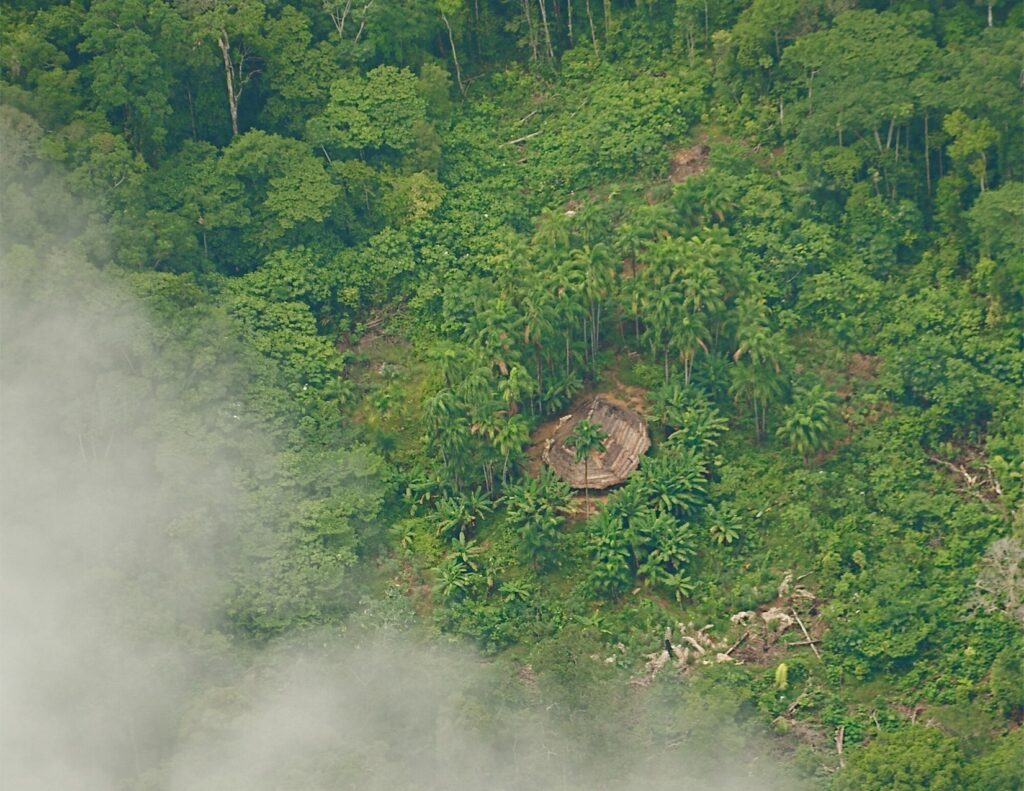
Ecology
The ecosystems in the newly formalized area are similar to those found in Puré National Park and encompass dense primary Amazonian Rainforests and meandering affluents of the Caquetá and Putumayo Rivers. Tree-climbing species such as lianas, epiphytes, bromeliads and mosses grow atop of the trees and white sand forests allow Yavarí palms (Astrocaryum uididima) to thrive. Tall palm species stick out of the canopy such as the cananguchillo (Mauritiella aculeata) and Asaí (Euterpe precatoria). The area’s wildlife is highly biodiverse and is home to over 600 recorded Amazonian species including the threatened Oncilla (Leopardus tigrinus), giant armadillo (Priodontes maximus), and giant anteater (Myrmecophaga tridactyla), among others.
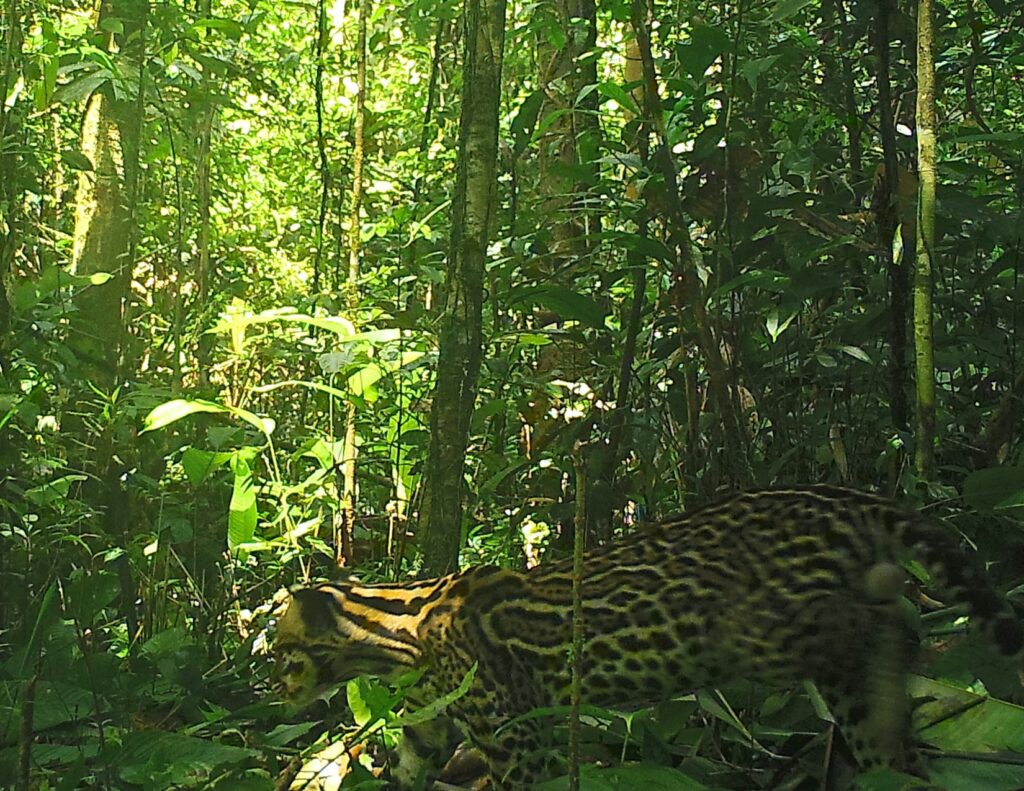

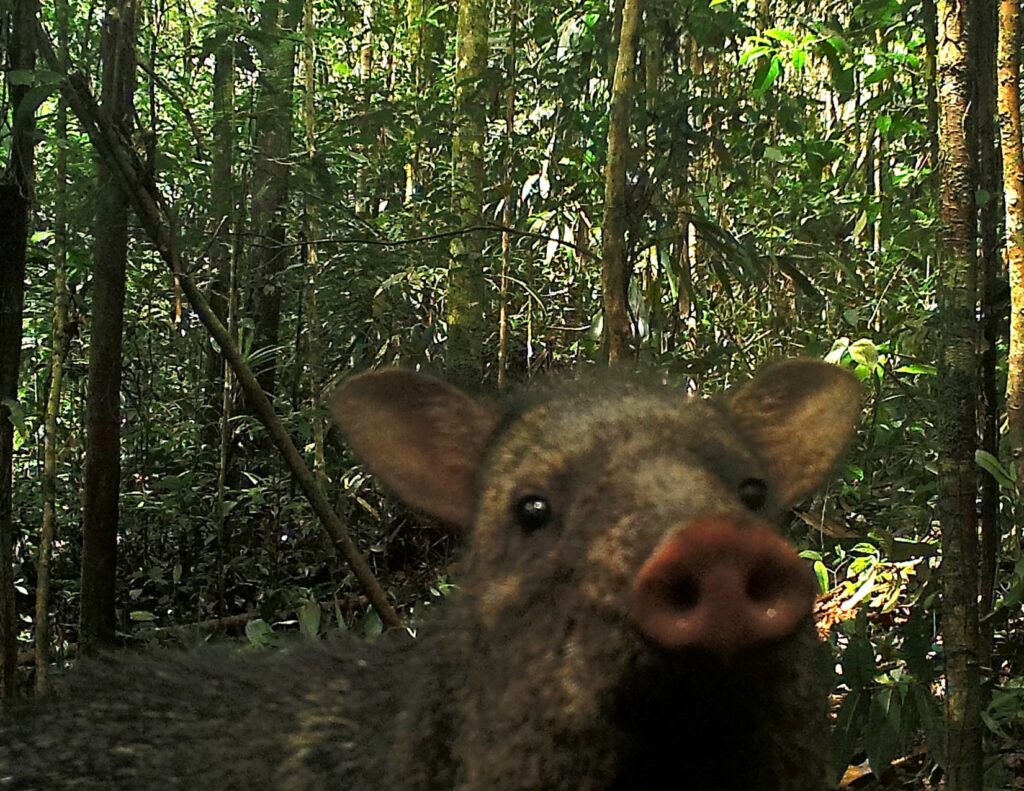
Strict protection for PIA
Colombia’s Ministry of the Interior officially recognized the existence of the Indigenous Peoples in Isolation between the Caquetá and Putumayo Rivers and their territory by issuing resolution 244 of October 23rd, 2024. This first-of-its-kind recognition is significant as it not only protects the PIA in the Puré River region but also helps clear the way for future studies that allow for the confirmation of the existence of PIA groups in other areas of the Colombian Amazon that are yet to be recognized.
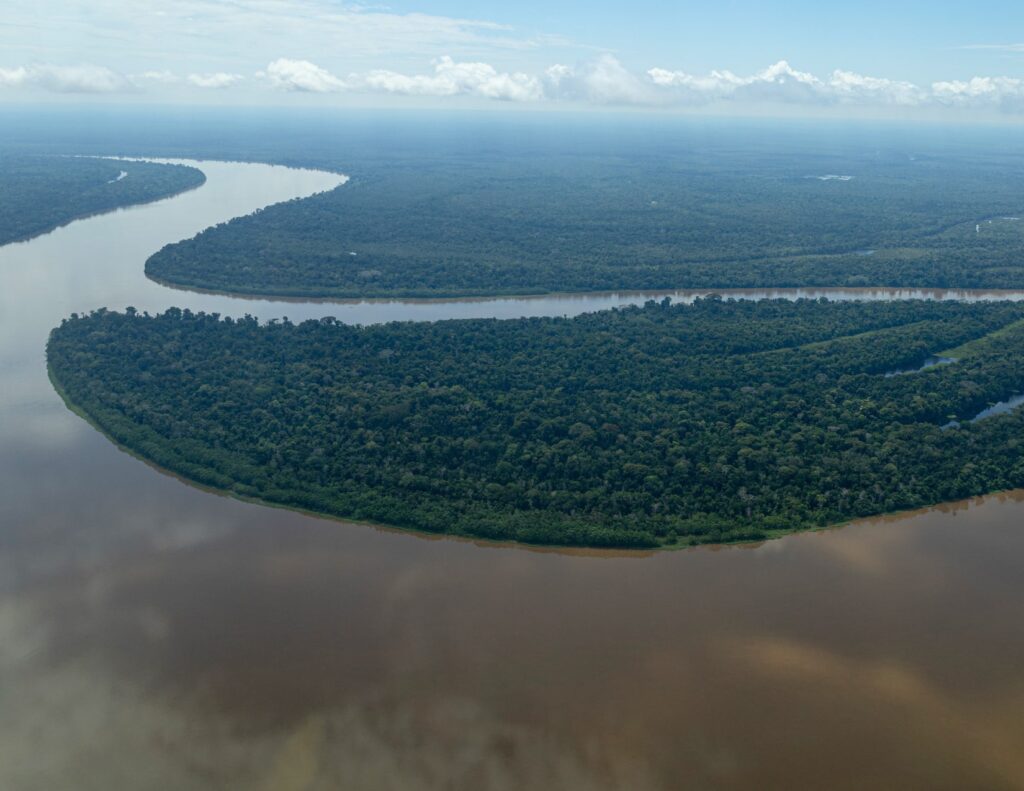

The intangible zone of the newly formalized territory prohibits any direct or indirect intervention in the territory where the PIA reside and sustain themselves. The intangible zone’s 2.3 million acres, 929,502 hectares, are under a strict category of protection. This guarantees the right of the PIA to live in isolation, in accordance with their cultures in their ancestral territories and in no case be dispossessed of these or be subject to activities that promote contact with them or disturb the land.
The buffer zone situated adjacent to the limits of the intangible zone where the Indigenous Peoples in Isolation are settled is used as a space of transition, helping limit the disturbances caused by human activity and preventing disturbances or alterations in the ecosystems of the territory of the PIA.
Community-level protection
To formalize this territory, it was necessary to combine Indigenous and scientific investigations with the participation of traditional leaders and elders from Indigenous communities neighboring the newly formalized territory. Meanwhile various dialogues occurred between the communities, the Colombian Government, and civil society organizations to delimit the protected territory.
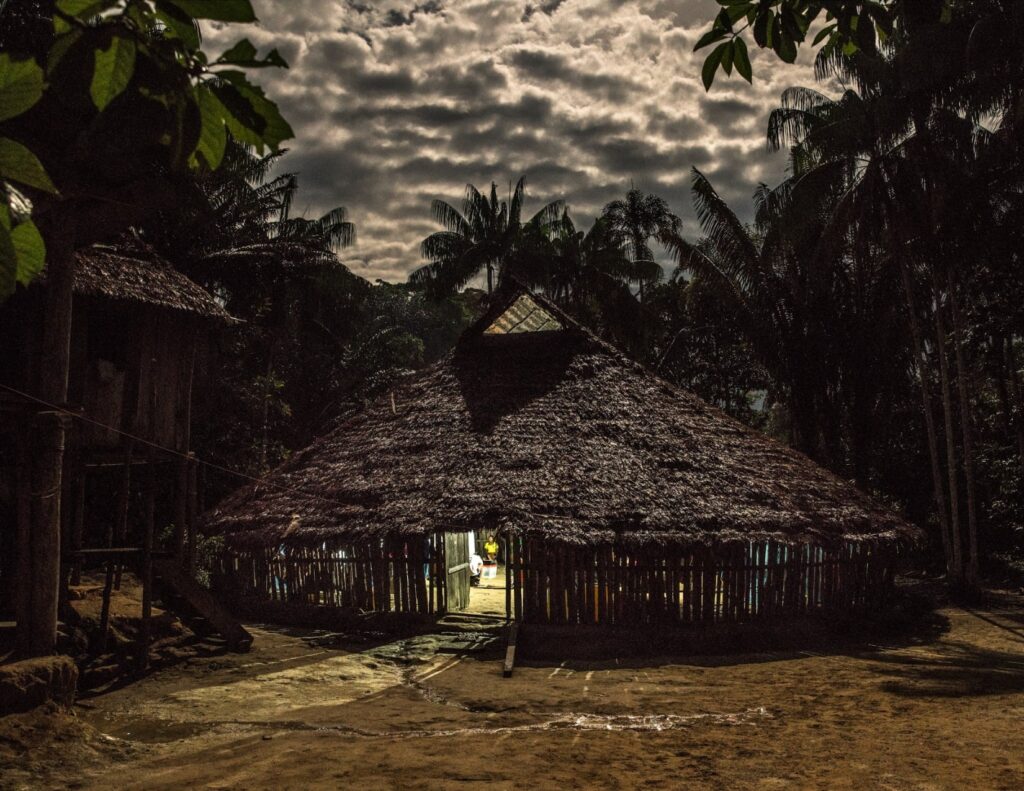
In 2002 Puré National Park was established, and among its objectives was to consolidate a corridor between the Amazon River and the Caquetá River with a goal to protect PIA. PIA in this region are known by the neighboring Indigenous communities as caraballos, arojes or “people of guama” by miraña Indigenous communities and referenced in ethnographic literature as “Yuri.” Resolution 0764 of 2002, through which Puré National Park was established, was the first legal act in favor of protecting a PIA group in Colombia. In 2010 neighboring Indigenous communities initiated a dialogue with the Colombian government and in 2012 completed research that confirmed the presence of the PIA, which served as an input for the formal recognition of their territory today. The findings were included in their territorial management plans in 2014 and since then they have worked to support the protection of the PIA and avoid any unwanted contact.
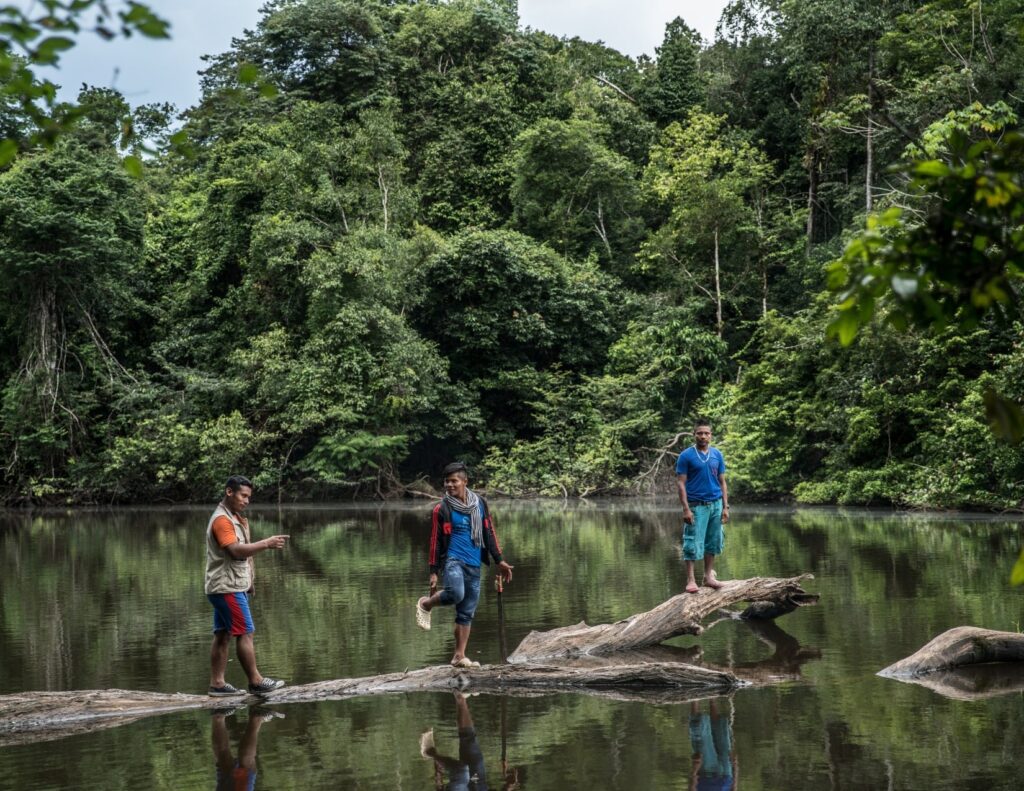

The neighboring Indigenous communities have known about the existence of the PIA for generations, and now that their territory has been formally recognized, such communities will play a vital role in control and surveillance activities to ensure the principle of no-contact in coordination with government authorities. Their commitment to the protection of the PIA and their territory not only serves the PIA, but also helps maintain the integrity of their own lands and ecosystems from outside threats. By choosing a life in isolation, PIA groups in Colombia currently resist the incursion of alluvial gold mining, deforestation, and armed groups surrounding their remote territories.
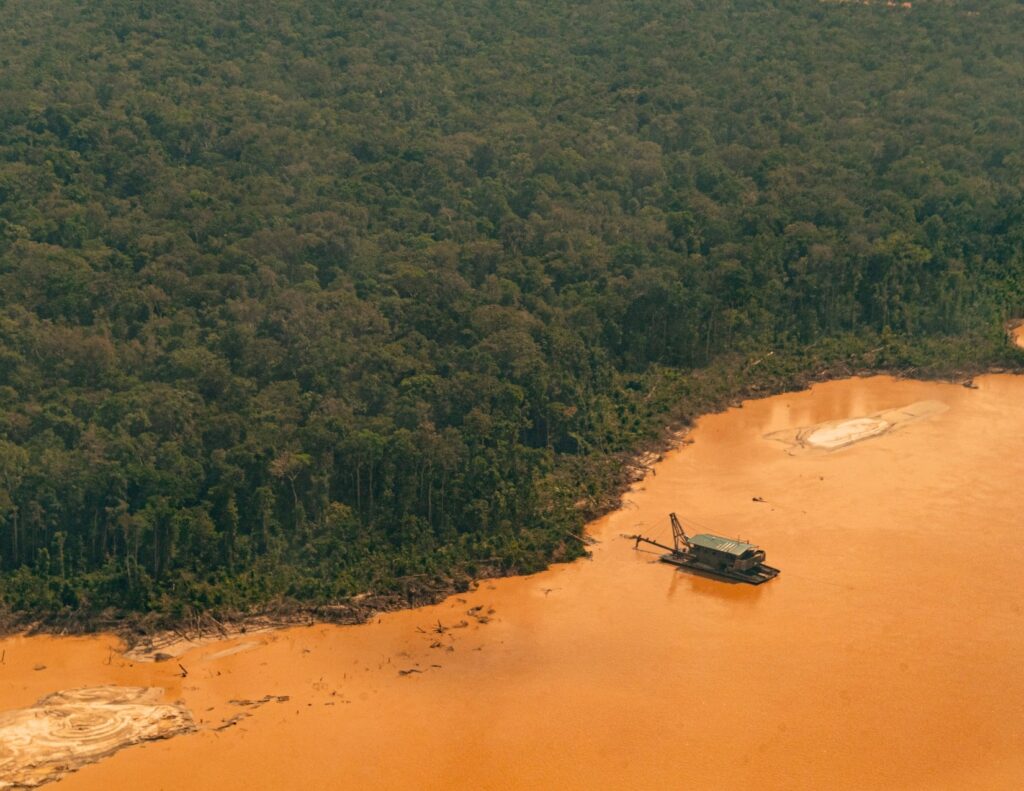
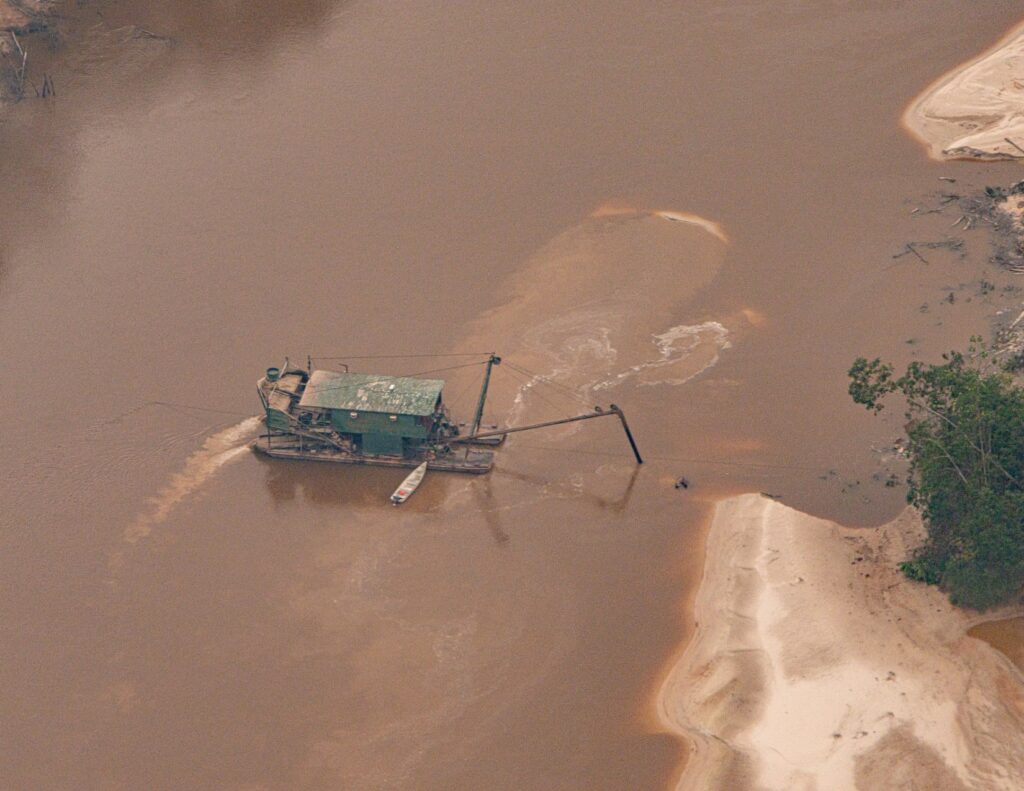
This territorial formalization and recognition contributes to the conservation of the biocultural values of the Amazon Basin, where protection of PIA groups supports securing cultural and ecological connectivity of its forests. Through this resolution, Colombia is taking a key step towards the protection of the rights and territory of PIA, reaffirming its commitment to their autonomy and survival.

Acknowledgements:
This accomplishment was made possible by Colombia’s Ministry of the Interior, the Department of Amazonas, National Natural Parks of Colombia, the National Organization of Indigenous Peoples of the Colombian Amazon (OPIAC), and the Indigenous communities of the Puré River Region with technical assistance from the Amazon Conservation Team and financial contributions from the Andes Amazon Fund, Re:wild, and Art into Acres.
MAKE AN IMPACT
Learn how we can make an impact in our world together. Donate or get involved by subscribing to our email list:
